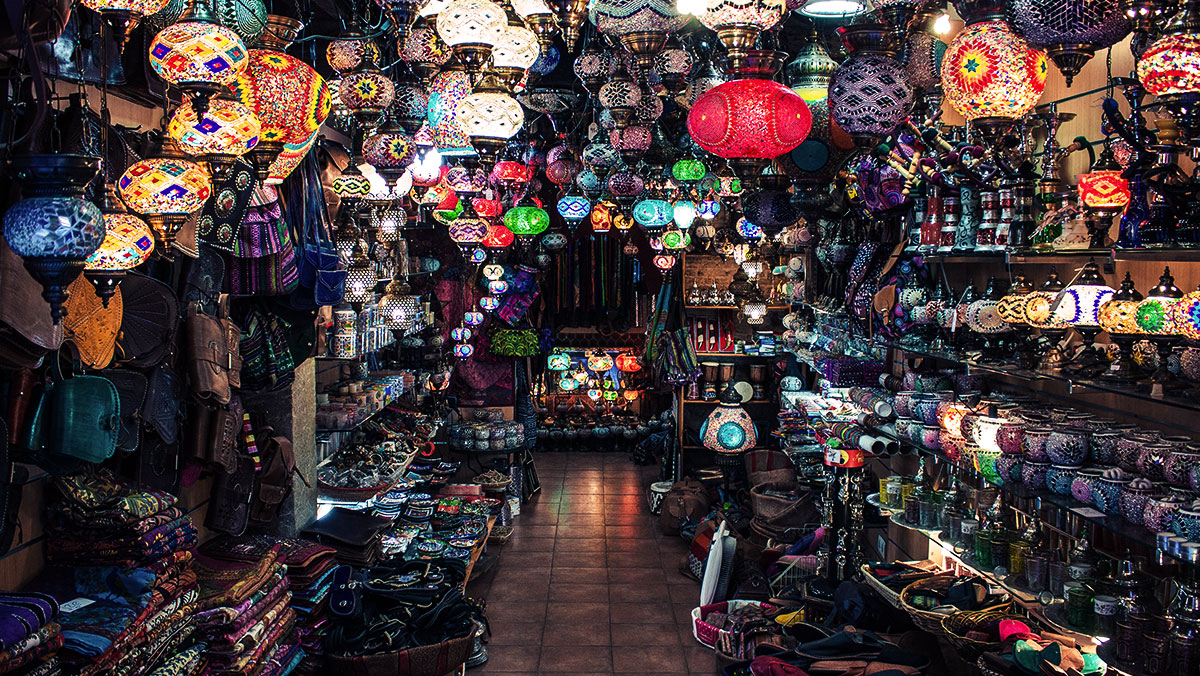
Direct-to-consumer selling presents tantalizing opportunities for manufacturers and product owners. Taking responsibility for the end-to-end customer experience can bring rich rewards, from increased margins to thriving customer relationships. The intense, pandemic-driven focus on online sales has accelerated an already established trend. Three-quarters of UK manufacturers are now selling some or all of their products D2C – compared with 56% from five years ago. This direct selling revival can be viewed as a return to the bazaar – a bustling marketplace of makers engaged in lively conversation with buyers, conveying their passion and specialisms in order to close the deal. Liberated from the conventions of the retailer middleman, today’s online sellers are free to experiment and make up their own rules.
The new bazaar
Embracing D2C is about realizing that, as the maker, you are absolutely the best person to tell the brand story. You can and should completely control the environment and the relationship that you have with your customers, presenting your products in the way you want them presented. So, for example, if you’re a scissors manufacturer, you can go deep into the reasons why your product is brilliant, perhaps explaining the kind of steel or the tungsten blades. And all the customer needs to do is push a button on the website and it’s theirs. It’s almost like going back to the days of the bazaar: “I am passionate about this thing. Do you want this thing? Let’s have a dialogue about it.”
Retail fail
Under the current conditions, if you’re a retailer, you really need to pull your socks up and show product owners what your role is. From the standpoint of makers, retailers – particularly of the online variety – often don’t present their lovingly developed products as well as they might, since they have a very standard format for many different categories. A department store may present a tin of biscuits, a Hermès handbag, and a vacuum cleaner all in the same way, with one cutout photo of X-pixels by Y-pixels, a few lines of text…and that’s sort of it. But if you’re a manufacturer or product owner, and you’re concentrating on your product, you know better than the retailer how to present it online, and how you should create a narrative around it, both visually and verbally.
Increasing the emotional quotient
The brand story is the thing that differentiates you and gives consumers a reason to purchase. It creates a sense of you as a product owner, and what your products are all about, because people can understand what goes into them and your philosophy. It increases EQ, as well as IQ, giving consumers an emotional as well as a rational reason to engage, and that’s really important. For example, what Dyson does really well is genius engineering, but it’s genius engineering that will make your life better. They take you on that journey from the rational and factual into the emotional. That’s a brand story done really well – it needs to give you emotion, not just say ‘here are the products’.
Three strategic pointers for D2C success
The landscape is wide open for product owners and manufacturers to carve a distinctive path, but taking on the entire customer journey can be daunting. These pointers can help steer a successful route through the myriad possibilities of D2C.
1. Get your story straight and simplify it
When you love and know your product well, there’s the temptation to cover all bases and talk about too many aspects. It’s key to remember: people are interested, but they’re not that interested! For a household purchase, you can expect people to invest three minutes, not half an hour. If you’re drowning in the details, an outside perspective can be invaluable in editing the key aspects of your product story.
2. Put yourself in the mind of your consumer
Put yourself in the mindset of buying something out of your sector – if you think about your product in those terms, what is it that’s interesting? Imagine what information you want and need, how you want the product to enhance your life or make it easier, and how you want to interact with it. Then start to apply that thinking to your own product.
3. Cultivate a high aesthetic
People want to have nice things that look nice, and that is a fact – it’s not just a truism, however banal it sounds. At our company, we’re great believers that good design is no more expensive than bad design, and that everybody wants nice things rather than nice-ish things. Cultivate and maintain your own enticing aesthetic and your customers will love you for it.
New rules
The unique retail conditions of 2020 present an absolutely belting opportunity to really rewrite the rules. The high street may be struggling, but for product manufacturers, the online bazaar is wide open for business. If you make, own, and love your wares, you can talk about them and bring them to market however you see fit. You don’t need a big flashy facade behind which to sit anymore because it all happens online. Idiosyncrasy attracts, and those brave enough to innovate creatively will be seen, shared, and snapped up.
Cover image source: Arnaud Mariat
